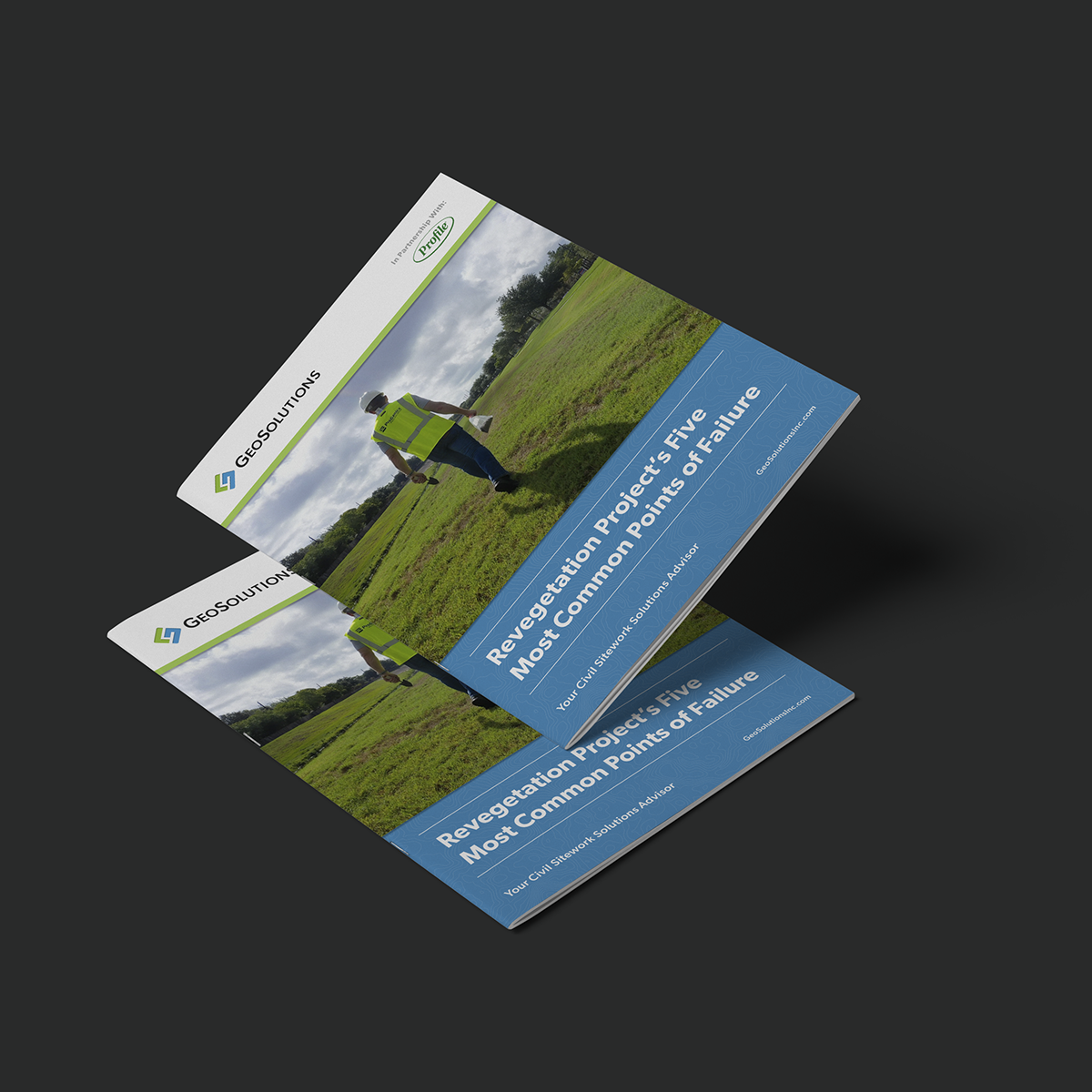
Ultimate Guide for Soil Restoration using ProGanics DUAL
Soil restoration is a critical factor in the success of revegetation projects. When soils become depleted and devoid of vital sustenance and microbiology, no amount of fertilizer will overcome the soil deficiencies. One of the main ways to ensure the success of your revegetation projects is by adequately restoring the soil before beginning the project. Soil restoration includes adding vital nutrients and organic matter lost due to neglect, construction, and overuse. Learn how you can ensure quick results and the long-term success of your revegetation projects with proper soil restoration on your job sites.
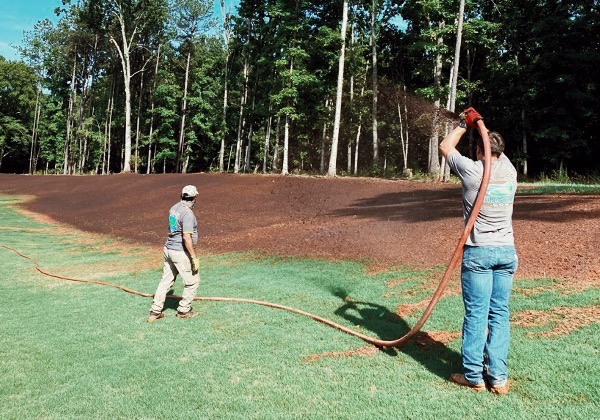
Soil restoration, at its core, is a healing process used to achieve optimal growing conditions. By enhancing compacted or infertile soils to improve their porosity and nutrient retention, we can encourage a quicker germination cycle of growth, as well as long-term, sustainable plant life. Mechanical techniques and soil amendments aim to create a nutrient-rich environment that promotes growth.
Our objective is to do what Mother Nature will require years, if not decades, to accomplish and to cut that time down to a matter of months by applying ProGanics DUAL, an advanced soil rejuvenating formula.
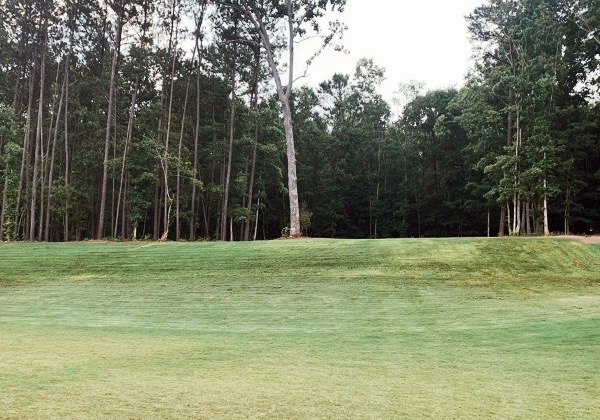
Due to neglect, construction, overuse, contamination, weather changes, or many other causes, soils become depleted and devoid of vital sustenance and microbiology. Without replacing, supporting, and sustaining the soil microbiology, no amount of fertilizer or water will overcome the soil deficiencies long-term. It is critical that the beneficial soil bacteria & fungus are restored, fed, and strengthened to generate lasting vegetation success. A healthy soil environment encourages root systems to enlarge and spread vertically and horizontally. Robust root systems support vegetation long-term against significant storm events and mitigate soil loss that might lead to erosion.
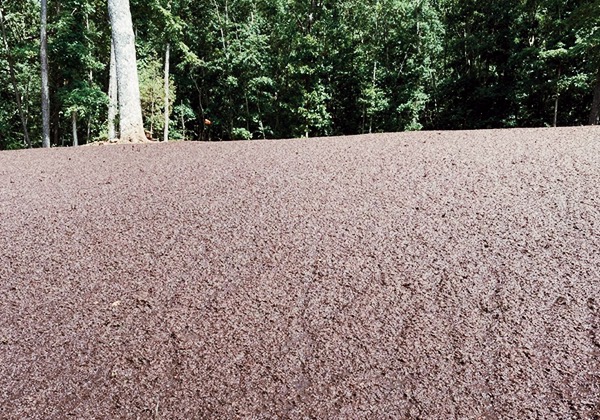
It all begins with an agronomic soil test. The results of this testing will let us know what deficiencies exist in the subgrade. Some modern-day examples might include balancing your pool to achieve safe, swimmable water or visiting the doctor when you are sick to identify a path back to good health. We like to think of this as a “soil diagnosis,” which allows us to offer a “soil prescription” to correct the shortcomings of the soil like poor pH, lack of organic matter, and mineral deficiencies. With the data from the soil test, we can design a site-specific solution of amendments that will restore the soils to their ideal performance.
Ultimately, the objective is to speed up natural processes, kickstarting the establishment of a healthy microbial ecosystem in the soil. After conducting proper soil testing, we can identify the needed amendments and appropriate rates for your project site. These amendments will replace missing microbes at adequate levels while also providing food and habitat for the microbiology to encourage the propagation and, thus, natural, rapid topsoil formation. These amendments can be applied manually, by hand, by machine, or hydraulically by a hydroseeding machine. Once the soil is adequately enhanced, you can use fertilizer and erosion control solutions.
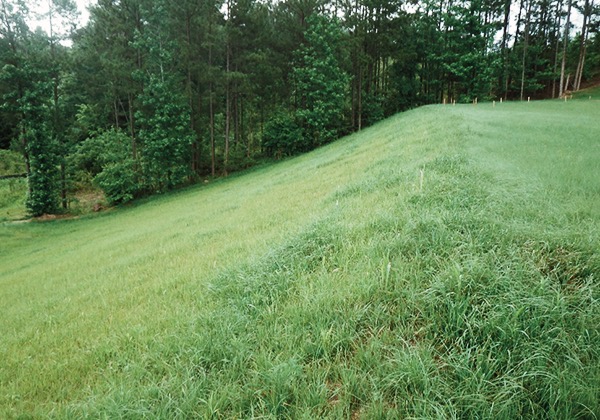
Nearly all project sites will benefit from some level of restoration assistance. In particular, those sites have been subject to high traffic levels during construction, extensive excavation, and extended construction time frames. Variability in the coloration of soils can also frequently indicate the need for restoration techniques.
Additional candidates to benefit significantly from soil restoration include project sites that
• May suffer from abnormal conditions such as excess shade/sunlight
• Have acidic environments such as neighboring sites to pine trees and their associated clippings
• Areas sensitive to stormwater events
While biotic soil technologies can expedite vegetation establishment in just a few weeks, proper soil restoration occurs when the natural nutrient cycling process returns and sustainable ecosystem function develops. By applying ProGanics DUAL, we expect to establish a self-sustaining microbial ecosystem in 2 years or less.
ProGanics DUAL engineered some components to ensure the experience of a robust initial vegetation stage. While simultaneously, other components work to establish, support, and sustain the microbial ecosystem long-term.
The restoration process will be readily apparent within just a few weeks as vegetation begins to appear. The unique blend of natural components, such as mycorrhizal elements and seaweed extracts, combine to jumpstart healthy soil-building. Additionally, the Thermally Refined wood fiber and biochar increase water holding capacity dramatically.
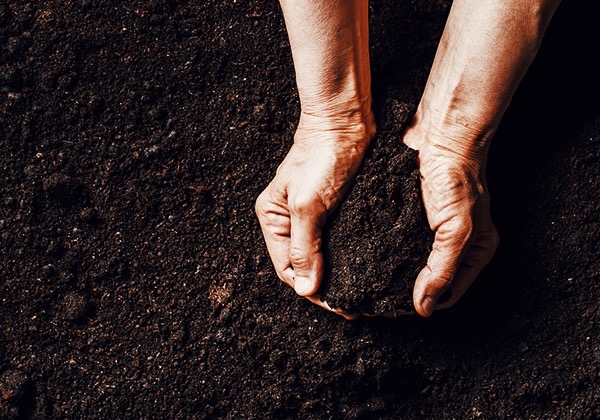
Central to healthy soils is the Organic Matter content. Healthy soils will have balanced mineral content and low salt levels and be composed of sand, silt & clay. 5% is the target level that you should work to achieve and strive to bring soil pH close to neutral.
That project will be an ongoing fight to improve results using compost, fertilizers, overseeding, aeration, and other measures. When establishing healthy soils before revegetation, we expect to eliminate the need for excessive maintenance measures. Ultimately, saving you from unnecessary trips back to the job site, mitigating the need to apply additional amendments, and cutting down on the frequency and cost of routine watering schedules.
Given enough time, Mother Nature can restore most soils to a sustainable level, but this process will often take decades. Rarely does a project timeline afford us more than a few months to establish healthy vegetation, so there is a distinct need to accelerate the restoration of soils. There has also been an increase in 1 Year Vegetation Warranty requirements entering project specifications over the last few years, so ensuring proper soil restoration early on during a project is more vital than ever.
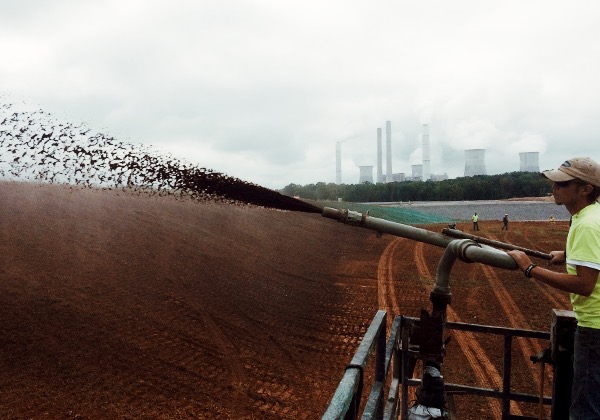
Nearly all sites can benefit from using ProGanics DUAL because almost all sites need both soil restoration and erosion control. Generally, we would only limit the application of ProGanics DUAL to slopes less than 2:1.
Some of the standard applications include:
• Airports
• Commercial and Residential Development
• Solar Sites
• Drill Pads & Pipelines
• Mine Reclamation
• Coal-fired Plants
• Waste Management
• Post-fire Reclamation
• Landscapes
• Golf Courses
ProGanics DUAL offers soil restoration and erosion control in one product, allowing for a lower application quantity of product to most project sites compared to alternative hydraulic erosion solutions. You can also reduce installation costs by using a single product application and increase installation speed significantly.
We are committed to providing sustainable, environmentally friendly products for our customers. ProGanics DUAL is produced using sustainable materials like recycled bark and wood and is biodegradable, non-toxic, and safe for any environment. Using ProGanics DUAL instead of a plastic-netted erosion control blanket prevents the introduction of plastic and metal into the environment.
We recommend soil testing for all projects to identify potential soil imbalances, deficiencies, and toxicities. While the soil analysis will automatically provide application rate recommendations for ProGanics BSM if warranted, a separate recommendation from our team will be needed for ProGanics DUAL. Contact your local GEO Pro to discuss an application plan when a soil test cannot be conducted.
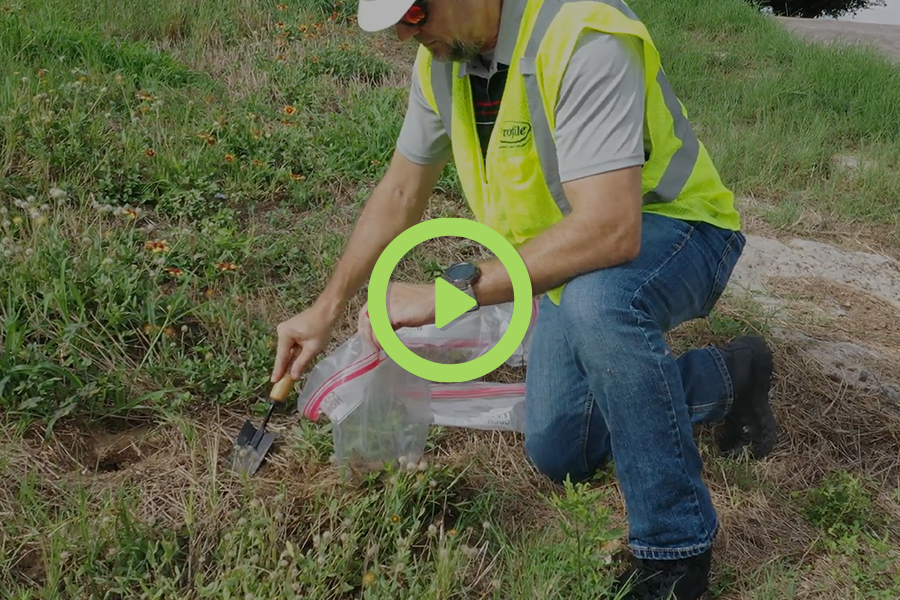
Watch our quick step-by-step video on how to conduct a free soil test HERE.
Soil restoration is essential to ensure optimal growing conditions for the support of your revegetation projects. Healthy soil is vital for healthy and sustainable environments. When you establish healthy soils before revegetation, you can expect to eliminate the need for excessive maintenance measures. So that you can reduce unnecessary trips back to the job site, mitigate the need to apply additional amendments, and cut down on the frequency and cost of routine watering schedules.
Always be the first to know about new products, resources, and tools that impact our industry and your performance.
Download our free PDF and learn about the five most common points of failure regarding your revegetation projects and the solutions available to overcome them.
